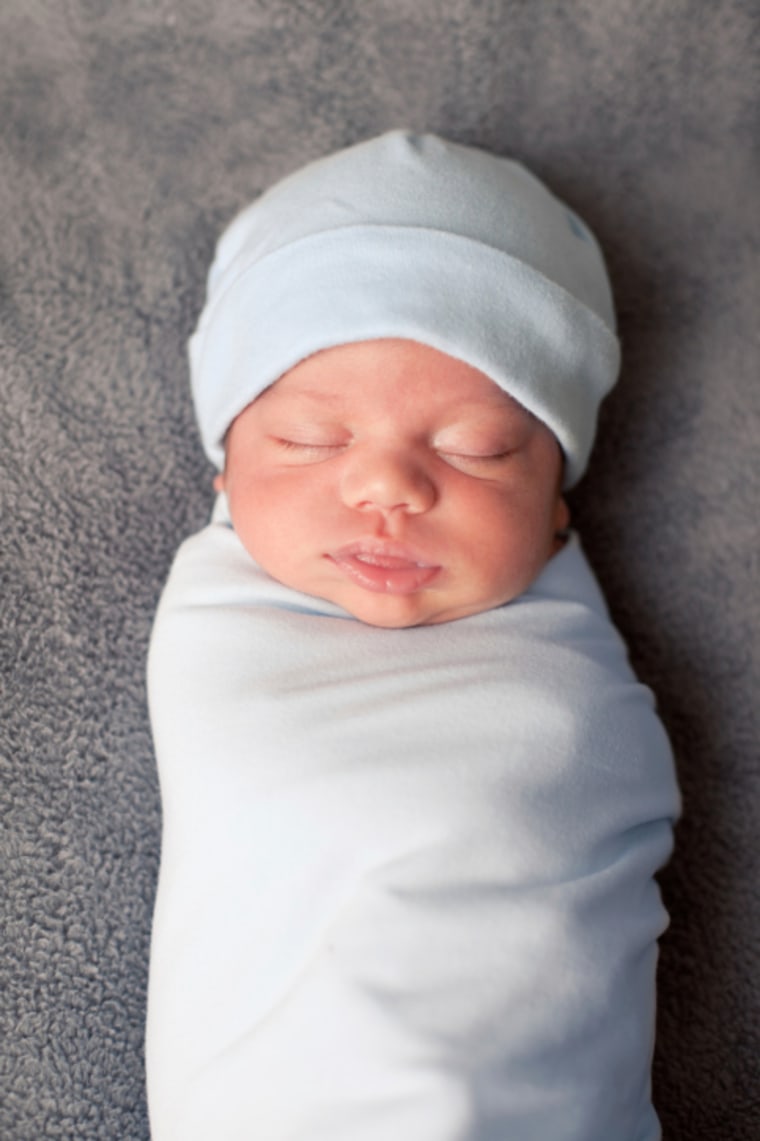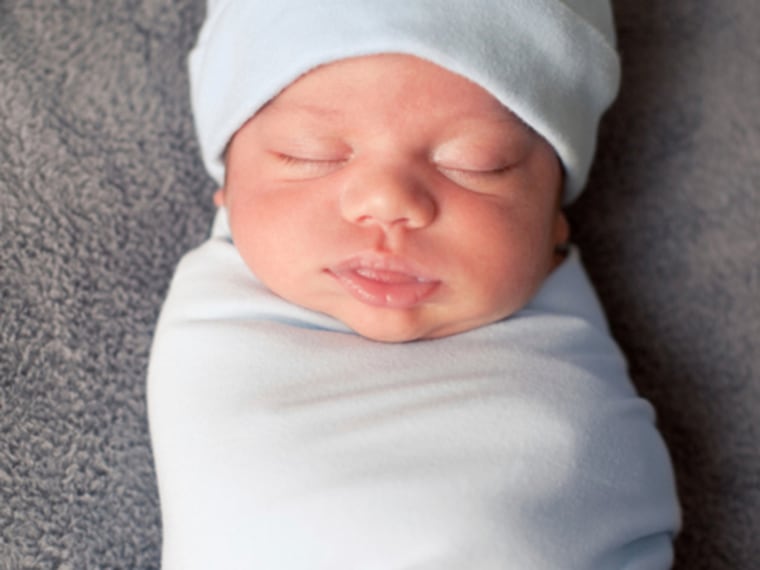
Ever in search of a way to quiet the fussy baby, parents increasingly have been turning to the age old technique of swaddling, in which babies are bundled tightly in blankets. But a new report suggests that while swaddling does actually soothe babies, it may also leave them at a greater risk for hip dysplasia.
The problem with swaddling is that it “positions the legs in extension, that is, straight,” explains the report’s author Dr. Nicholas P. Clarke, a professor and consultant orthopedic surgeon at the University of Southampton, in the United Kingdom. “But in order for the hips to develop properly in the first six months, the legs need to be flexed and abducted, that is, separated.”
Thus, swaddling, which holds the legs rigidly in place, can provoke dysplasia, particularly in infants at risk, Clarke says.
Doctors suspect that swaddling increases the risk of dysplasia because it gets in the way of normal development, says Dr. Anthony Scaduto, chief of pediatric orthopedics at the Orthopedic Institute for Children at the University of California, Los Angeles.
In the early months, babies’ hips are still very malleable, Scaduto explains. In normal development, when babies move their legs, that drives the ball of the femur deeper into the socket, causing permanent changes to the joint.
“If the pressure from the ball isn’t there, then the socket grows more flat and plate-like,” Scaduto says.
And that shallow socket can lead to hip dysplasia.
Scaduto has noticed that an increasing percentage of the patients referred to him because of suspected hip dysplasia have been swaddled.
After reviewing all the available studies on infants and swaddling, Clarke determined that swaddled infants “arouse less and sleep longer.”
“Parents are turning to swaddling because there is a view that it helps sleep, which it does, and colic, which it does not,” Clarke says.
There are other risk factors for hip dysplasia, Clarke notes, including “breech delivery and family history,” but environmental factors such as swaddling can’t be ignored.
Animal studies have shown that immobilizing the hips and knees in extension in early life leads to hip dysplasia. Research has shown that approximately 20 percent of infants have hip dysplasia or other abnormalities that can lead to the condition. In most cases, Clarke points out, the condition fixes itself with time.
The good news about hip dysplasia, Clarke notes, is that when it is diagnosed early, the treatment is relatively simple and often successful: splinting.
Still, Clarke says, it’s best to prevent the condition rather than to have to try to correct it.
Does that mean parents have to give up a tried-and-true method for soothing babies?
No, says Clarke, noting that there are safe ways to swaddle. He suggests parents watch this video on safe swaddling.
